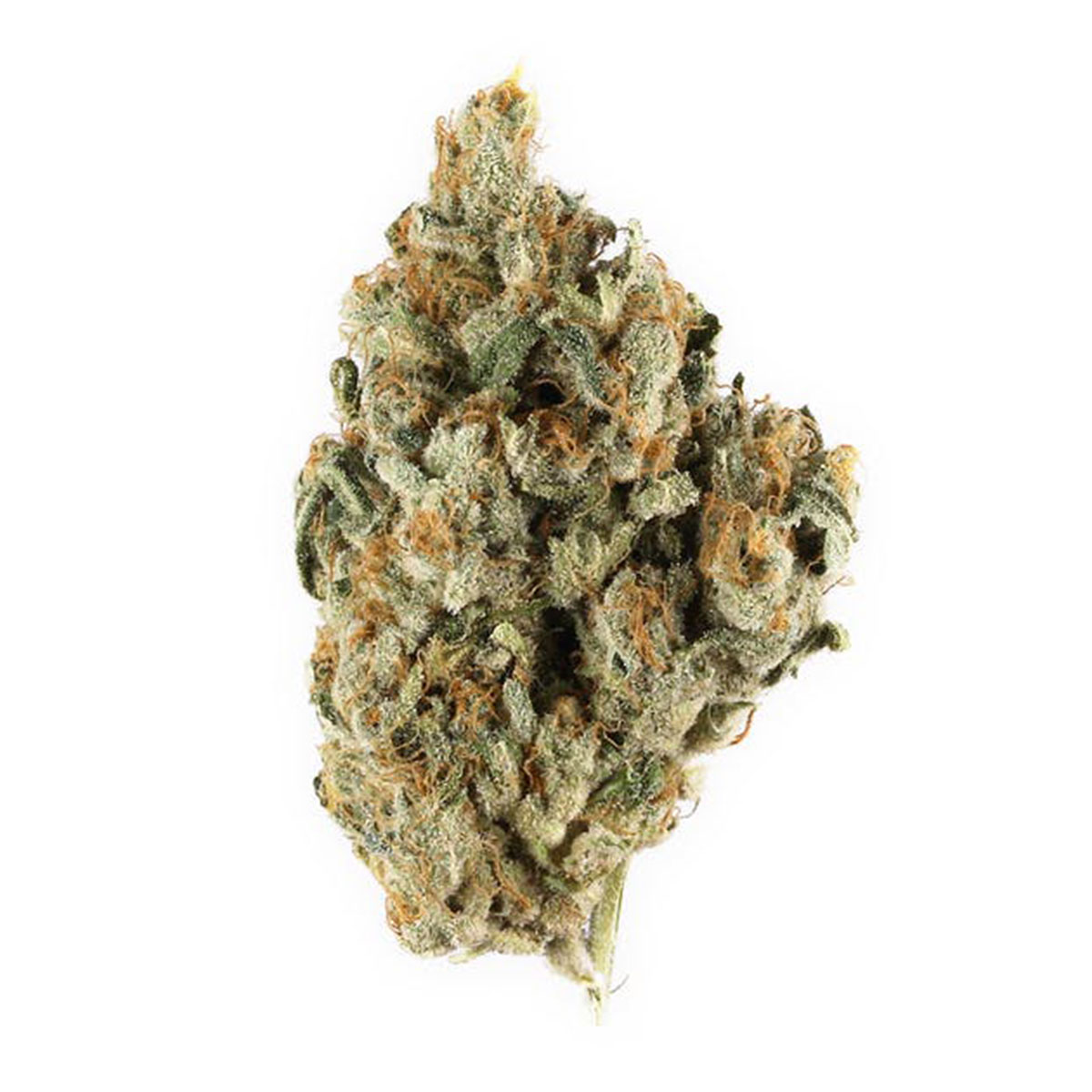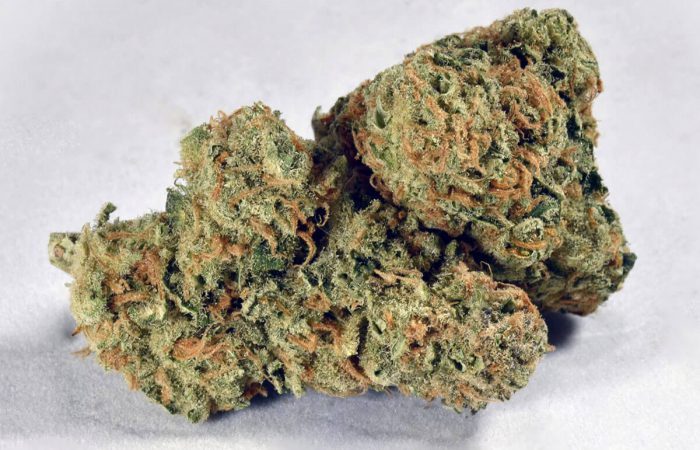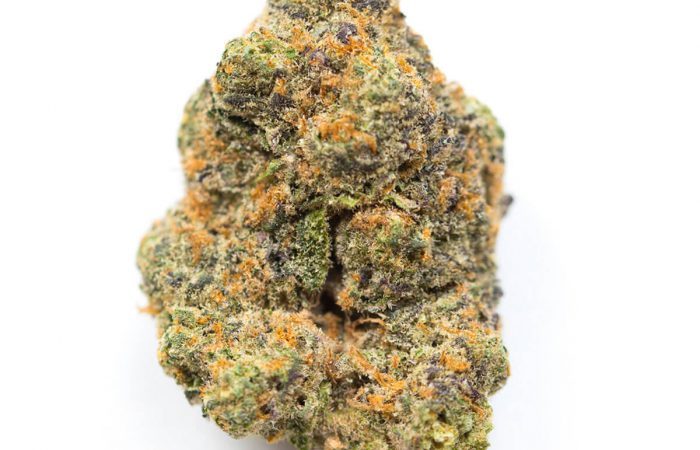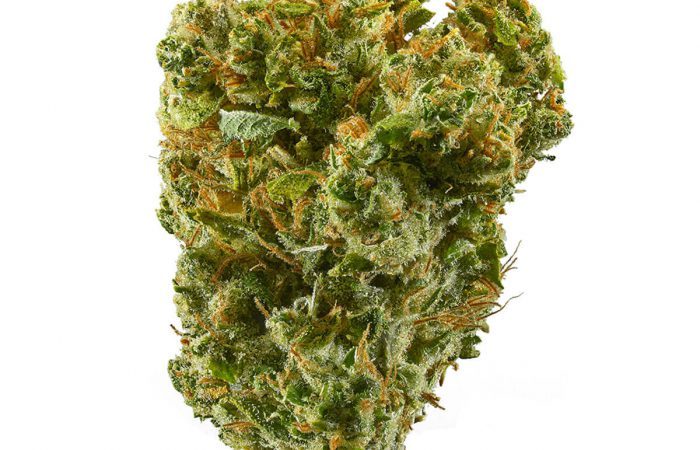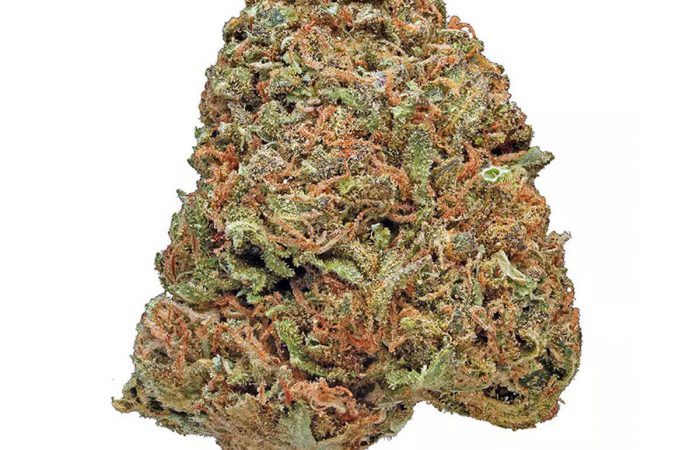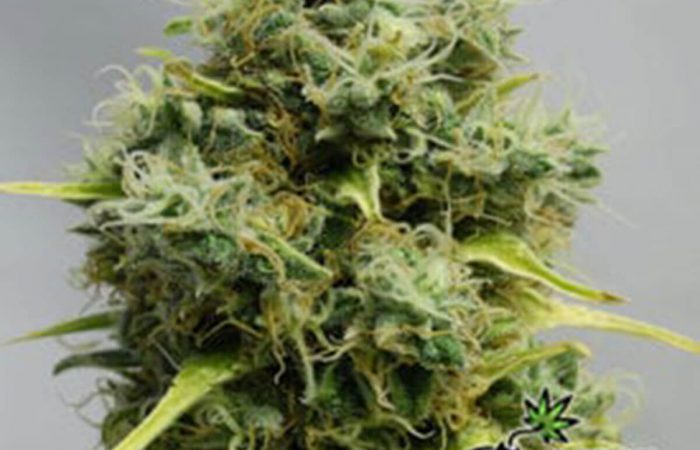Magnum Strain FAQ
Some cultivators are not fans of autoflowering varieties, claiming that the autos produce buds that lack fragrance and potency. While this may have been true in the past, it is less of a concern nowadays, thanks to the productive and high-caliber auto cultivars like Magnum.
Furthermore, growing this strain is relatively simple because it is inherently resistant to pests and fungi. Its autoflowering seeds are also feminized with minimal hermaphroditic tendencies, so there is hardly any chance of producing male plants even when the ladies are subjected to minor stress levels.
Still, providing ideal environmental conditions is crucial in helping Magnum and other autoflowers achieve their highest production potential.
When cultivating autoflowering cultivars outdoors, the climate significantly impacts the yield. Outdoor cannabis gardeners rely on the seasons to produce decent yields from autoflowers. This is because autoflowering marijuana plants require the correct temperature, humidity, and sunshine to thrive, and the quality and number of buds you harvest will reflect this.
Growers in hot, sunny places can grow Magnum all year round with excellent results. However, those who have shorter summers and cold winters may not harvest as much as those who live in a tropical climate, where they can expect to grow multiple times per year with great results.
Now, when growing indoors, you don’t have to worry about the climate or the weather because you can control every aspect of the growing conditions. This can be a good thing for more experienced growers. Sadly, if you’re new to growing indoors, it can be quite tricky if you don’t have access to or can’t afford the right equipment.
For the most part, growing Magnum indoors only requires an 18/6 or 20/4 light cycle and the use of 600W lamps.
Magnum and most other autoflowers are not picky and are naturally sturdy. Still, they require specific conditions at different stages of development to mature to their full potential. The general rule is to keep the temperature between 18 to 24°C and the humidity around 70% in the vegetative stage, gradually decreasing to 60% near the pre-flowering stage. When your Magnum begins fruiting, adjust the humidity to approximately 50%, decreasing to 40 to 45% as harvest draws near.
Feeding your Magnum with a high-quality supply of nitrogen, phosphorus, and potassium, also known as NPK or the Big 3 macronutrients, and essential micronutrients is one way to boost its productivity. Growers may also use organic fertilizers or living soil, but a proper watering ratio must always be followed.
If you’re planning to use synthetic nutrients, you no longer have to maintain a healthy soil as synthetic nutes can kill the microorganisms in the medium. This makes feeding more straightforward, but at the same time, the plants also become prone to overfeeding and nutrient burn.
